Digital Marketing For Fashion Brands: How & Why To Use Social Media
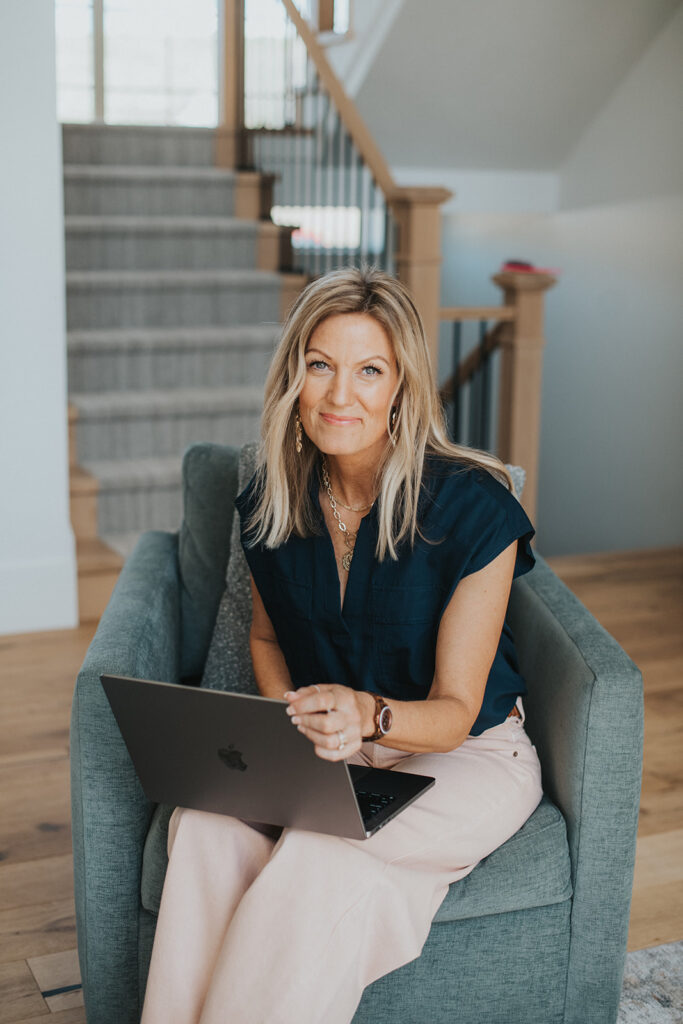
In today’s fast-paced world, social media is a must for clothing brands looking to stand out. Facebook and Instagram aren’t just platforms to share pictures of your family – they’re real places where you can build a connection with your audience and generate sales. You just need to be strategic – so let’s break down digital marketing for fashion brands!
Key Takeaways Ahead:
- Why Social Media Is Essential For Clothing Brands
- Facebook, Instagram, or Something Else?
- Practical Tips To Get Started
- More Resources On Digital Marketing For Fashion Brands
Why Social Media is Essential for Clothing Brands
1. Build Trust and Credibility
These days, potential customers are checking your social profiles before they even think about purchasing. I personally always check out a brand’s Instagram account to determine if they’re legitimate and trustworthy. Social media lets you show off your brand’s personality and establish credibility.
2. Show Off Your Story and Aesthetic
Your brand isn’t just about selling clothes – it’s about telling a story. Social media platforms like Instagram are made for that. You can share everything from behind-the-scenes peeks at your creative process to customer testimonials. People are drawn to stories, and giving them a window into your world can build that emotional connection that turns them into loyal customers.
3. Engage Directly with Your Audience
Social media is a two-way street, not just a place to post pretty pictures. It’s a space to interact with your audience in real-time. Replying to comments, answering DMs, and engaging in conversations makes your brand more approachable and accessible. Features like polls, stories, and reels make it easy to create an interactive experience, and that engagement builds long-term loyalty.
4. Cost-Effective Marketing with a High ROI
You don’t need a massive budget to make an impact on social media. With a mix of organic content and targeted ads, you can reach your audience without breaking the bank. In fact, some fashion brands build large audiences with only organic traffic (& strategic marketing choices – we’ll get to this). If you do choose to run ads occasionally, they typically result in a great ROI.
5. Reach a Global Audience
No matter where you’re located, social media opens the door to a global customer base. You’re not limited by geography, which means you can connect with fashion lovers from around the world, increasing your brand’s exposure and growth opportunities.
Facebook, Instagram, or Something Else?
Now, don’t go make a new profile on all of the social media platforms. I recommend you slow down and only choose the one platform that fits your needs right now. You can always expand your social media presence. However, it can be overwhelming to try multiple at once, especially for a beginner.
Two of the most common and widely used social media platforms are Facebook and Instagram. Both are fantastic options to grow your brand.
Let’s compare the two platforms with the intention of digital marketing for fashion brands:
Audience Demographics
- Facebook: Broader demographic range, including a significant number of users of the age of 30. This helps brands target a wider age range.
- Instagram: Known for its younger user base, primarily millennials and Gen Z. Brands targeting younger customers often find more engagement here due to the platform’s visual and trendy nature.
Engagement Style
- Facebook: Offers more interactive features for engagement, such as polls, share buttons, and the ability to comment with photos and videos. It also provides groups and event pages, fostering community interactions around specific topics or events.
- Instagram: Engagement is more visually driven with emphasis on likes and visual comments. Stories and Reels feature interactive tags like polls, quizzes, and “Ask Me Anything” for quick interactions.
Algorithm & Content Discovery
- Facebook: Prioritizes content from family and friends over brands, which can make it more challenging for business content to appear in users’ feeds without paid promotion.
- Instagram: While also challenging for organic reach, it places a stronger emphasis on visual discovery through features like the Explore page, which curates content that users might like based on their past interactions.
For a breakdown of other comparisons between Facebook and Instagram – like content format, advertising capabilities, and e-commerce integration – check out my Brilliant Branding course.

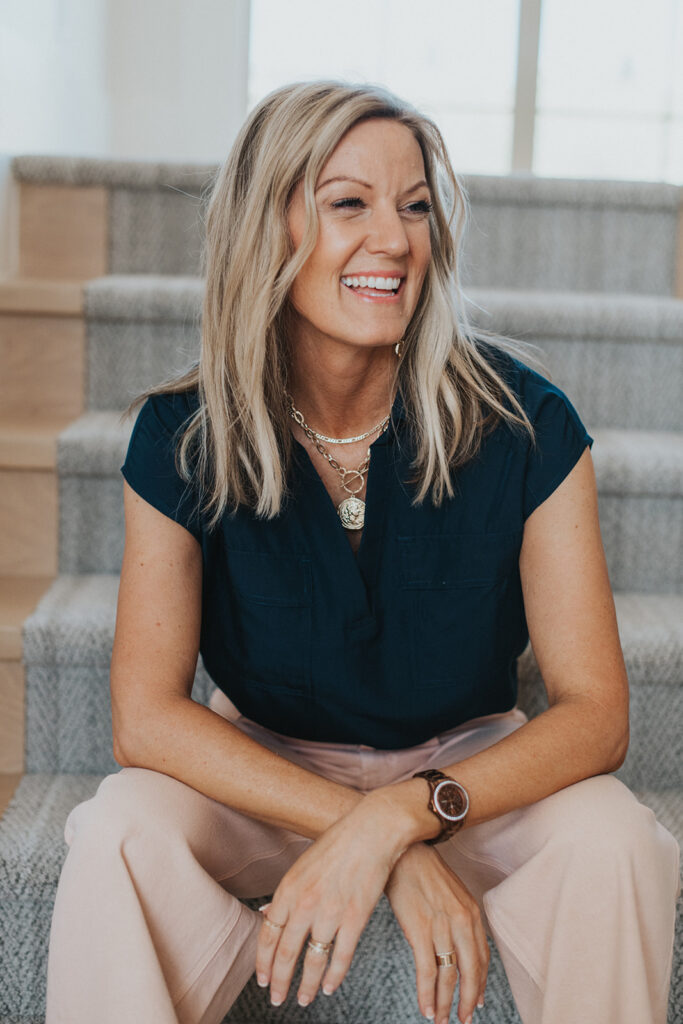
Let’s determine which social media might be a good fit for you right now. Start by asking yourself the following questions about your ideal customer:
- What is their age?
- What activities do they like to do?
- What personality traits do they have?
- Where do they go online to get information?
- Where do they like to shop?
→ For a full deep-dive on defining your ideal customer as a clothing brand, check out this post.
Then, ask yourself a few more questions:
- What type of content do you enjoy creating?
- Do you lean more into photos or videos?
- Which platform do you already know the most about?
- How much time can you commit to learning new capabilities?
Hopefully, answering all of these questions can guide you to start on Facebook or Instagram. Of course, there is a ton of overlap between the two. I would say ANY social media presence is better than none.
Maybe you don’t like either option. Perhaps you’d rather explore TikTok, Pinterest, or X (formerly Twitter) instead. There truly is no wrong answer, as long as you’re willing to dedicate a portion of your time and energy to digital marketing for your fashion brand!
Practical Tips To Get Started
Now that you know the importance of social media (and have hopefully chosen a platform to get started on), here’s how to start making it work for you:
Step 1: Create A Business Account
- Set up a business profile: Create a professional business account for your brand instead of using your personal one. This allows you to access features like analytics and ad tools.
- Link to your website: Add links to your website, shop, or contact information so your audience knows where to find you and buy your products.
Step 2: Build an Optimized Profile
- Profile picture: Use your logo or a clear image of your best-selling product.
- Bio: Write a concise and engaging bio that explains what your brand offers. Use keywords relevant to your niche.
- Contact info: Make it easy for people to reach you with clear contact options, such as email or a link to your online store.
- Highlight key posts: Pin your top posts (like bestsellers or promotions) to the top of your profile, if the platform allows it.
Step 3: Develop a Content Strategy
- Post consistently: Set a schedule (e.g., 3-5 times per week) to keep your audience engaged. Vary your content with product posts, behind-the-scenes, customer testimonials, and fashion tips.
- Use hashtags: Research and use relevant hashtags to increase your post reach. Create a branded hashtag for your followers to use as well.
- Engage with followers: Respond to comments and messages promptly to build relationships with your audience.
- User-generated content: Encourage customers to share photos of them wearing your clothing and feature them on your page.
If you’re planning to use Instagram, I highly recommend using ManyChat to automate your communication! I’ve used ManyChat to grow my fashion brands and have loved it for years. Grab your discount code for 30% off your first 3 months, first month completely FREE, or 50% off of 2 months!
Step 4: Leverage Stories and Reels
- Post stories: Use stories to show sneak peeks of new collections, sales, or behind-the-scenes content.
- Create reels: Use video content to showcase your clothing in creative ways, such as styling tips or transformation videos.
Bonus Tip: Collaborate with Influencers or Partners
- Reach out to influencers: Find influencers or micro-influencers in your niche to promote your clothing through paid partnerships or free products.
- Host giveaways: Collaborate with other brands or influencers to run social media giveaways, which can increase visibility and followers.
- Learn more about the “influencer sales model” here in this post.
Need some guidance from someone who’s been through it all? Inside my coaching program for new and aspiring fashion designers, I hold your hand through literally all of this. We’ll set up your social media accounts and develop the perfect strategy for your unique brand!
Key Point To Remember: Stay Consistent and Authentic
Consistency is key – post regularly and keep it authentic. Engage with your audience through comments and DMs, and let your brand’s personality shine through every post. The more you connect with your audience, the better your results will be!
Learn more about how to craft the perfect messaging (& how it can boost sales!) for your audience in this post.
More Resources On Digital Marketing For Fashion Brands
- Email Marketing For Clothing Brands: Why Your Email List Is Essential
- My Proven 7-Step Fashion Brand Messaging Framework
- How To Define Your Ideal Customer Profile In 5 Steps
This information is just a small portion of what I teach inside my mini-course “The Brilliant Branding Method”. Gain full access here!
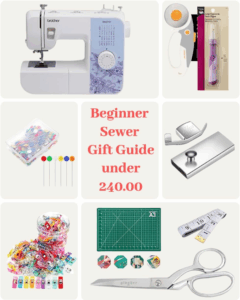


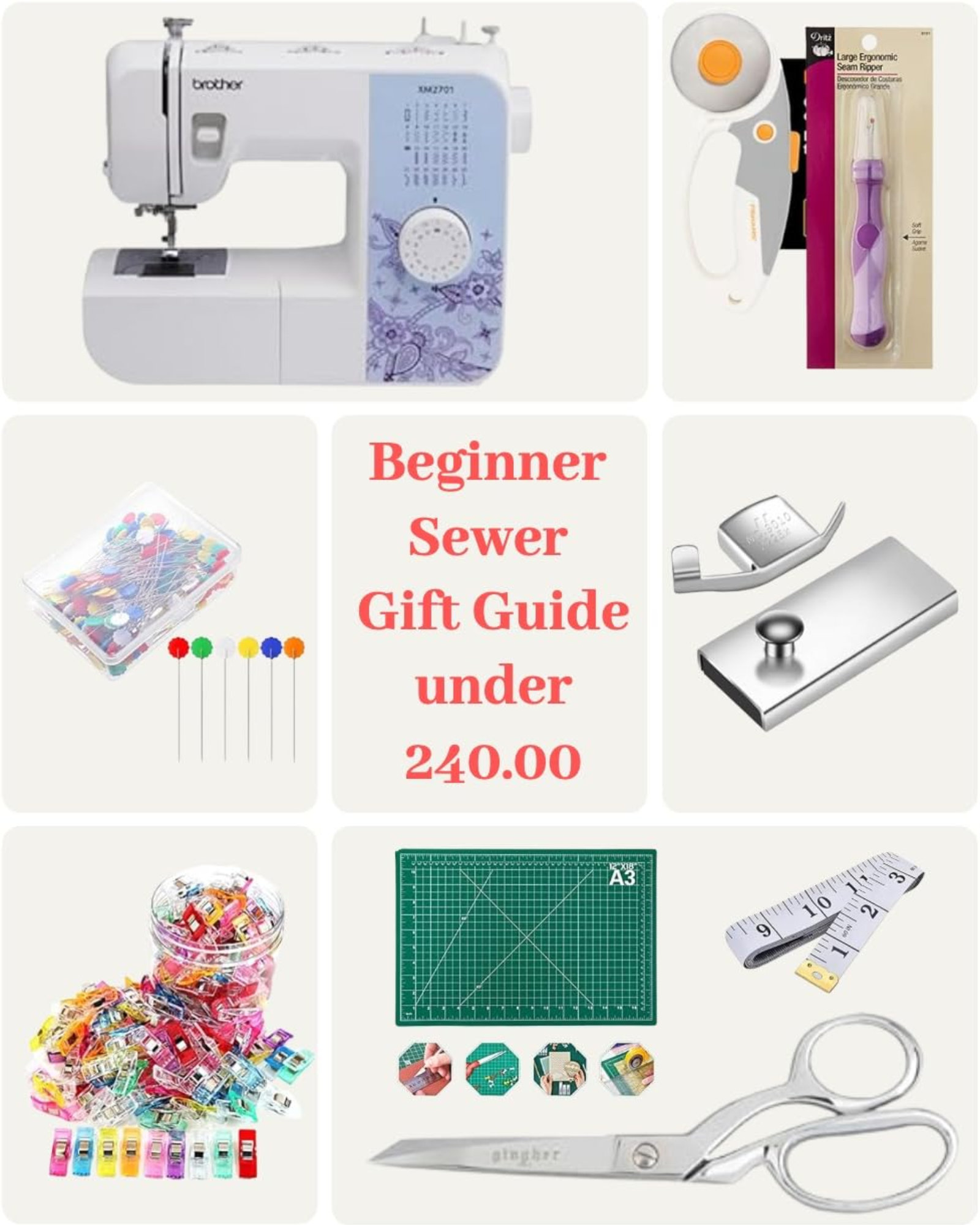



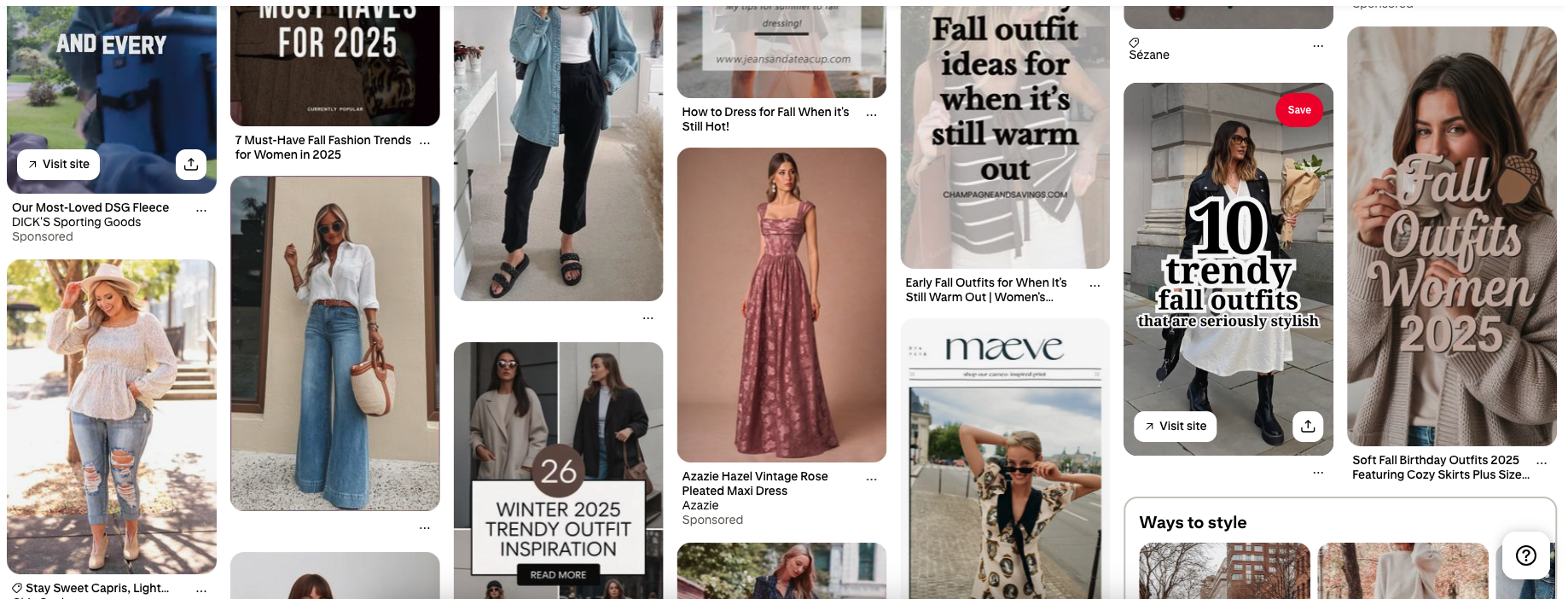
Read the Comments +